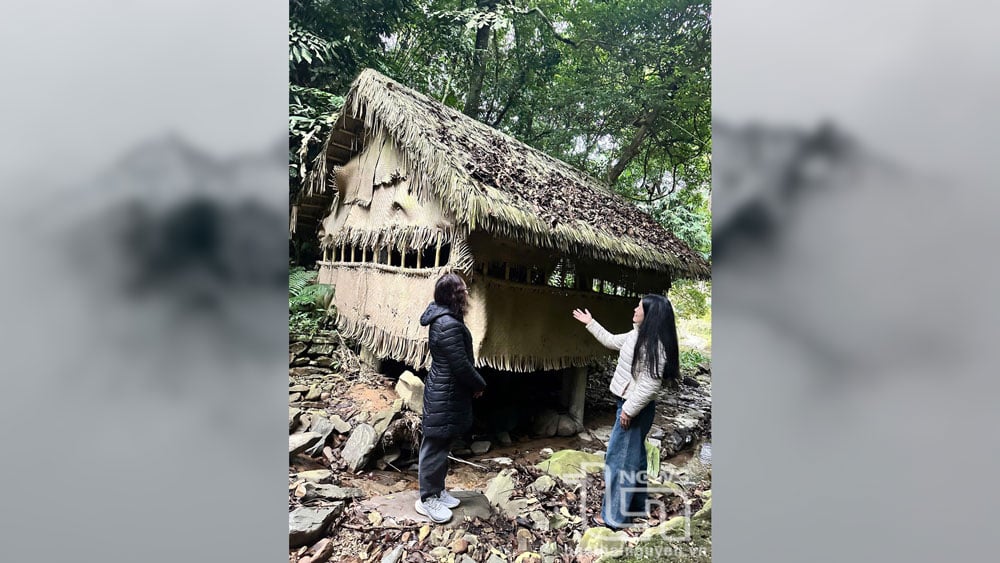 |
| Khuoi Nam hut, Truong Ha commune, Ha Quang district ( Cao Bang province) - where the editorial office of Vietnam Independence Newspaper was located in 1941. |
In August 1945, the revolution succeeded. The Democratic Republic of Vietnam was established. In the midst of a myriad of tasks to be resolved, the new Vietnamese press had not yet been formed when the national resistance war against France broke out. The Party and Government returned to Viet Bac to carry out a long-term resistance war. The two most important tasks from the end of 1946 were resistance and nation-building. During 9 years of hardship, along with the general development, the revolutionary press was also formed and developed from the war zone.
The 100th anniversary of revolutionary journalism also once again returns to the birthplaces of journalism, in order to contribute a little to the common pride of the press... With the completion of the construction of the national historical site of Huynh Thuc Khang Journalism School in Tan Thai commune, Dai Tu district on August 9, 2024, Thai Nguyen , Viet Bac has basically "finished drawing" the map of historical sites of resistance journalism born and developed in this land.
In Thai Nguyen, Dinh Hoa district is dense with relics: Diem Mac commune has the relic of the place where the Vietnam Journalists Association was founded (April 21, 1950); the editorial office of the Cuu Quoc Newspaper; the place where the Vietnam Photography and Cinema industry was founded. Son Phu commune is the headquarters of the Truth Publishing House and the Voice of Vietnam Radio Station. The small hamlet of Khau Dieu, Dinh Bien commune, on October 20, 1950, witnessed the birth of the People's Army Newspaper. Also here, at that time, was the location of the National Defense Publishing House. Upstream about 15 kilometers, at the deserted Khuon Nha village, Quy Ky commune, on January 13, 1951, the first issue of Nhan Dan Newspaper was published; Le Hong Phong Printing House was also located here.
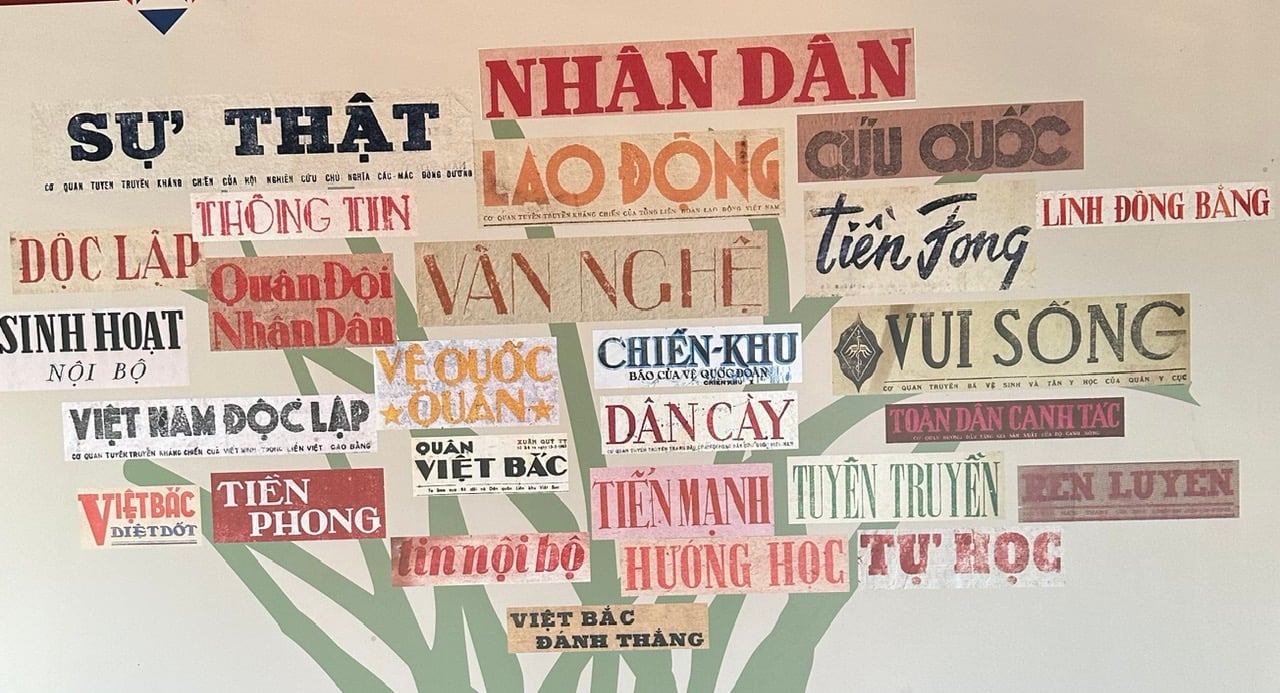 |
| Newspaper map published in Viet Bac during the resistance war against French colonialism. |
As the center of ATK during the resistance war, Phu Dinh commune was where Su That Newspaper stopped right from the beginning of 1947, and Binh Thanh commune was the residence of the Central Communications Department - the predecessor of today's Information and Communications industry. In Dai Tu district, in addition to Huynh Thuc Khang Journalism School in Tan Thai commune, Choi hamlet, My Yen commune was the headquarters of the National Salvation Literature and Arts Association and the Editorial Office of Van Nghe Magazine; Cao Van commune (now Cu Van commune) was the headquarters of Lao Dong Newspaper...
Phu Ly commune, Phu Luong district, at that time had the editorial office and printing house of Cuu Quoc newspaper, as well as the printing facility of Co Giai Phong newspaper that secretly operated in Tien Phong, Pho Yen... Not as dense as Thai Nguyen, but in the journey to find out the red addresses, we noted that Tuyen Quang province was also a locality that contributed significantly to the resistance journalism activities. At one time, Tan Trao commune was the location of the editorial office of Cuu Quoc newspaper and the Truth Publishing House. Minh Thanh commune had the editorial office of Tien Phong newspaper; Trung Yen commune had the headquarters of Vietnam News Agency; Hao Phu commune was the location of Lao Dong newspaper for a period...
Yen Son and Chiem Hoa districts of Tuyen Quang province also marked the periods when press agencies were headquartered... Bac Kan province is the location of the National Radio Station, the editorial office and printing house of the Cuu Quoc newspaper. Cao Bang also has a strong mark of the place where Uncle Ho gave birth to the Viet Nam Doc Lap newspaper (August 1, 1941 in Truong Ha commune, Ha Quang district) and the place where Viet Nam Doc Lap newspaper was printed in Hong Viet commune, Hoa An district...
Over the past few decades, most of the red addresses of the press have been affirmed and honored. Some have been built into relic sites; some have just stopped at placing memorial steles to contribute to the work of educating traditions for generations.
Source: https://baothainguyen.vn/xa-hoi/202505/nhung-dia-chi-do-cua-bao-chi-cach-mang-viet-nam-7a31b45/



![[Photo] General Secretary To Lam receives First Deputy Secretary General of the African National Congress (ANC) of South Africa](https://vphoto.vietnam.vn/thumb/1200x675/vietnam/resource/IMAGE/2025/5/20/bb2999907e1245d5b4c7310a890d8201)



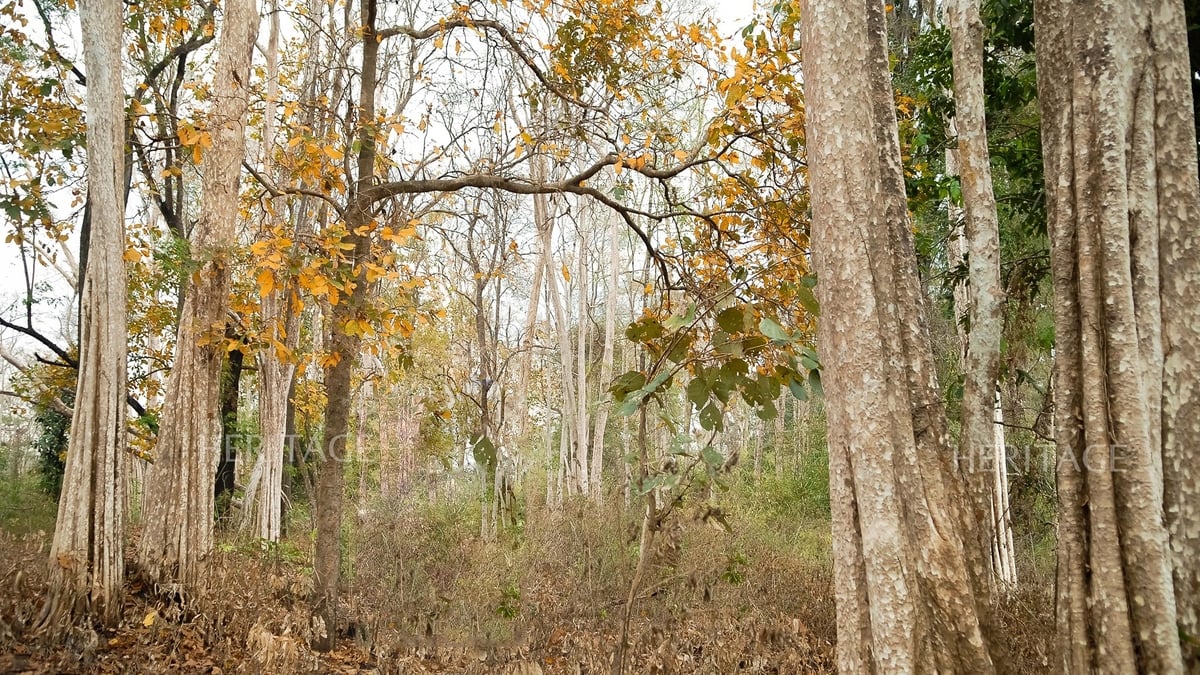


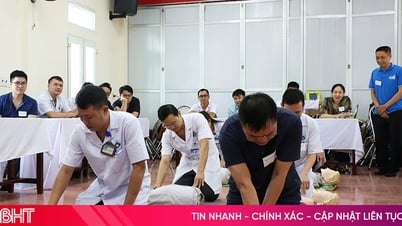













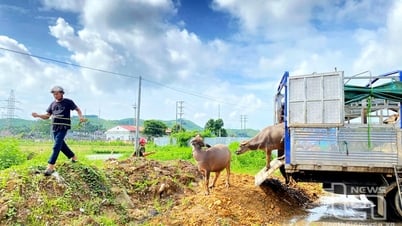

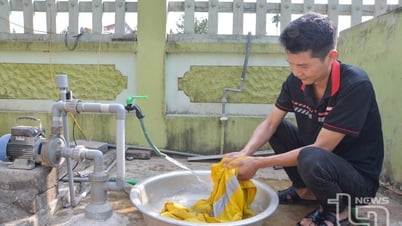
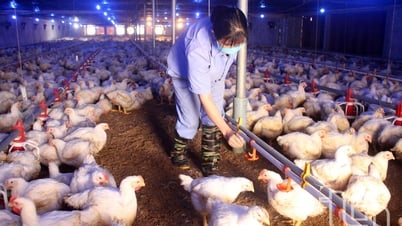
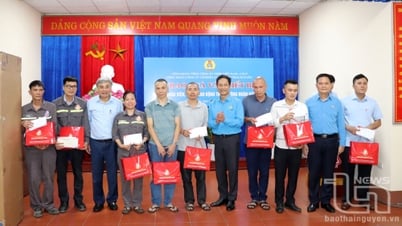

![[Photo] Vietnamese shipbuilding with the aspiration to reach out to the ocean](https://vphoto.vietnam.vn/thumb/1200x675/vietnam/resource/IMAGE/2025/5/20/24ecf0ba837b4c2a8b73853b45e40aa7)
![[Photo] Award ceremony for works on studying and following President Ho Chi Minh](https://vphoto.vietnam.vn/thumb/1200x675/vietnam/resource/IMAGE/2025/5/20/a08ce9374fa544c292cca22d4424e6c0)









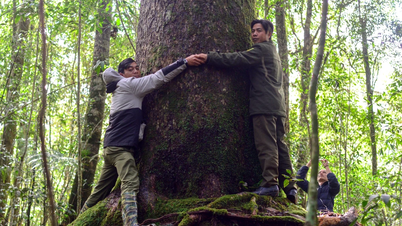


















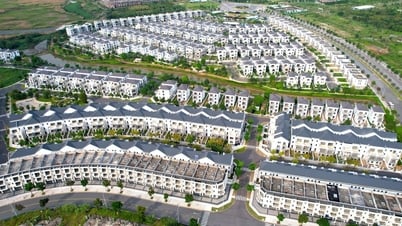





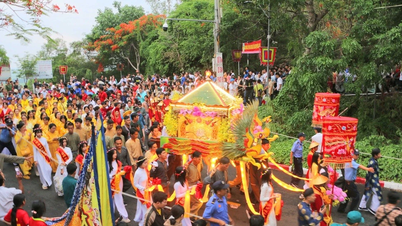


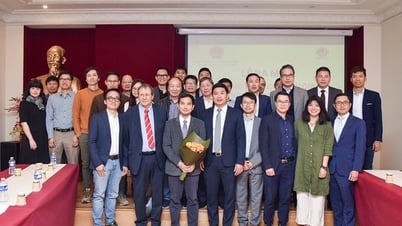











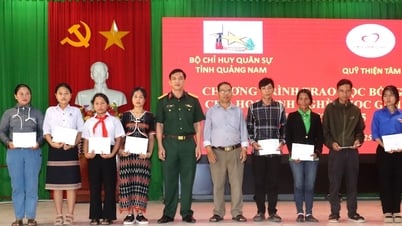











![[VIDEO] - Enhancing the value of Quang Nam OCOP products through trade connections](https://vphoto.vietnam.vn/thumb/402x226/vietnam/resource/IMAGE/2025/5/17/5be5b5fff1f14914986fad159097a677)
Comment (0)